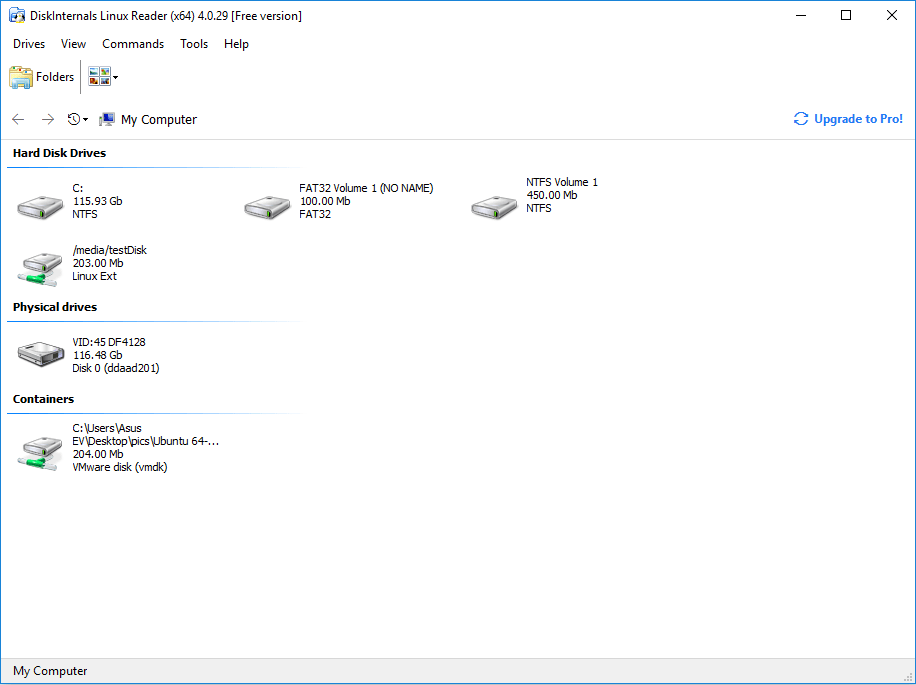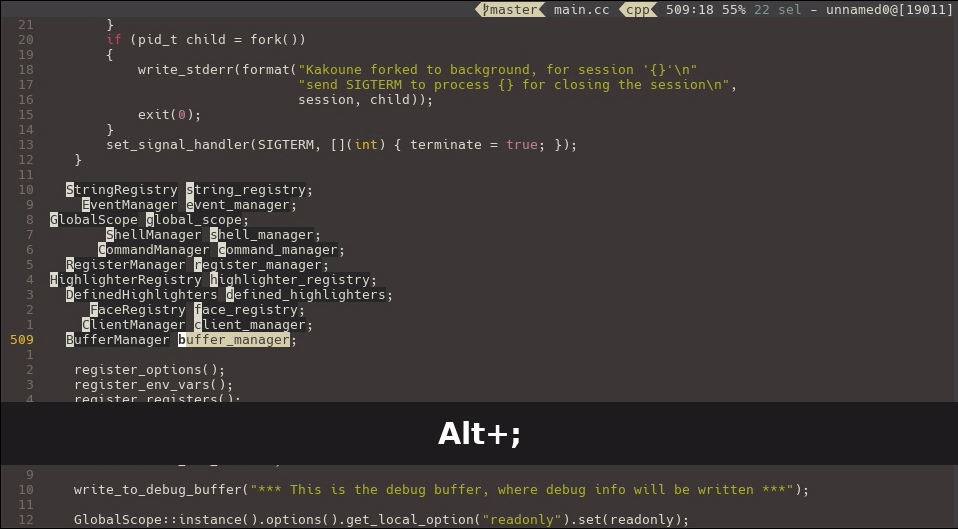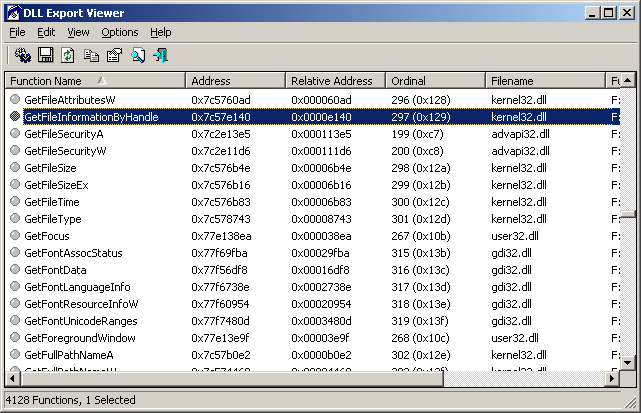


This will take more time due all sectors being copied, not just the in use sectors. You will still be able to perform the clone, however, a Forensic Sector Copy will be performed. less common, Linux file systems (XFS, JFS, BTRFS, etc) are not natively supported by Reflect. The Ext 2,3,4 file systems are supported by Macrium Reflect, meaning that an Intelligent Sector Copy can be performed. Linux is often associated with the Extend File System (Ext), since it was created specifically for use with the Linux kernel. In this blog post we will be discussing these factors in regard to cloning a disk, however, the same will apply when imaging and restoring Linux disks.

When cloning a Linux file system, there are some important factors that must be taken into account. For brevity, though cloning is discussed, what follows applies equally to both. The following applies identically to image backups and clones.


 0 kommentar(er)
0 kommentar(er)
